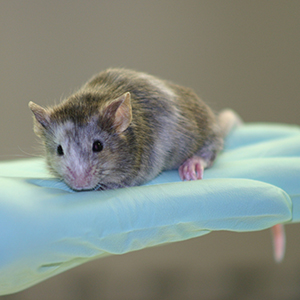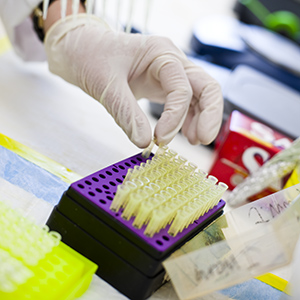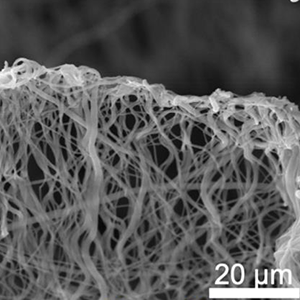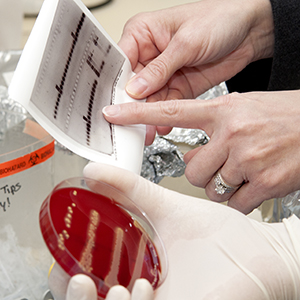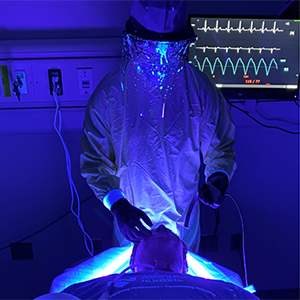Description
Find answers with genetically engineered mice for SARS-CoV-2
Mouse models could create answers to several lingering unanswered questions about the COVID-19 outbreak and the virus that created it, SARS-CoV-2. Geneneticlly engineered mice will help scientists understand the molecular mechanisms of the virus, repurpose currently available antiviral drugs, and provide an opportunity to develop new therapies and vaccines against COVID-19. One major challenge in achieving these goals is the lack of suitable preclinical animal models.
Unfortunately, SARS-CoV-2 only infects mice if they express human ACE2. This feature, combined with a wealth of genetic tools available only in mice, offers a unique opportunity for creating a versatile set of genetically engineered mouse models useful for COVID-19 and SARS-CoV-2 research.
UNMC researcher, Channabasaviah Gurumurthy, PhD, has developed three broad categories of genetically engineered mouse models, and about 30 different model designs for SARS-CoV-2 research:
1. Knocking-in expression cassettes, or point mutations, into the endogenous mouse ACE2 locus.
2. Knocking-in CRE-activatable- or tetracycline inducible-hACE2 expression cassettes into safe-harbor loci, by re-engineering the existing reporter or inducer lines.
3. Knocking-in CRE-activatable cassettes into the mouse ACE2 locus.
The natural non-permissiveness of mice to SARS-CoV-2 infection in combination with a wide variety of available genetic tools and molecular switches offers a unique opportunity to make this species useful for COVID-19 research.
To discuss licensing opportunities about this technology, contact Matt Boehm, PhD, at mboehm@unmc.edu or 402-536-9881.

